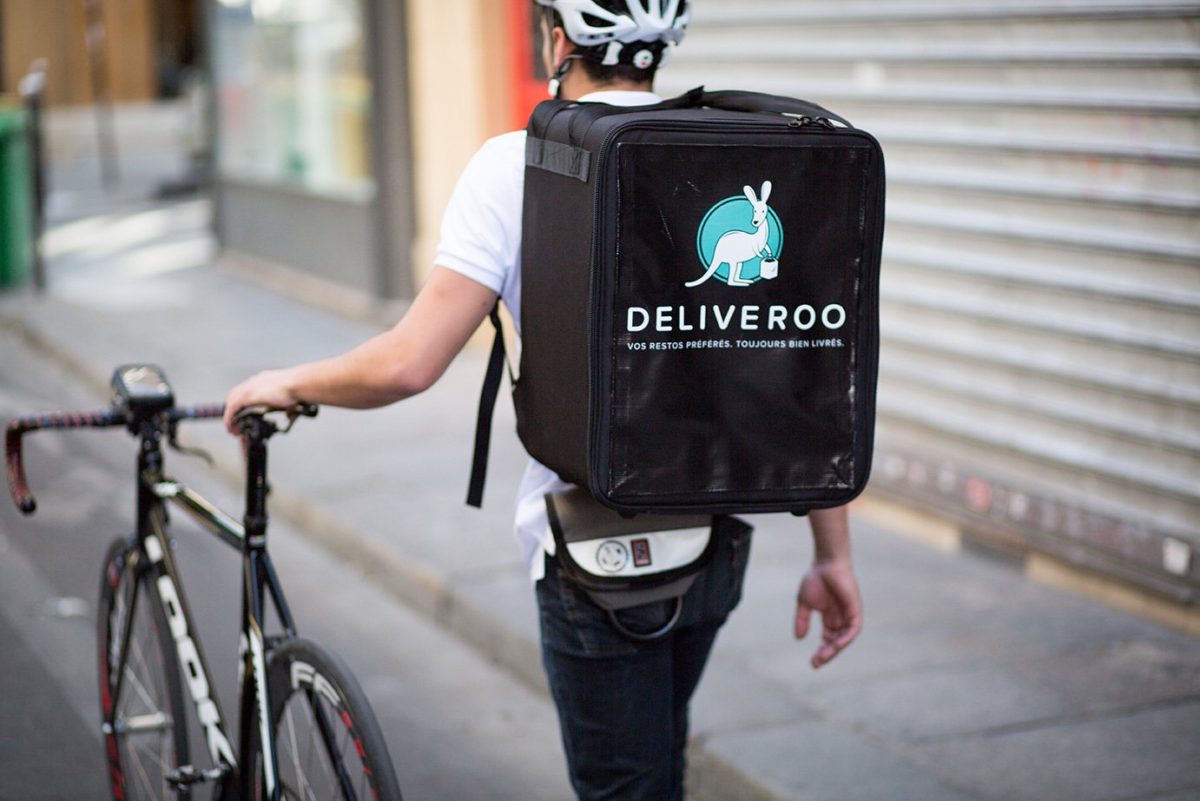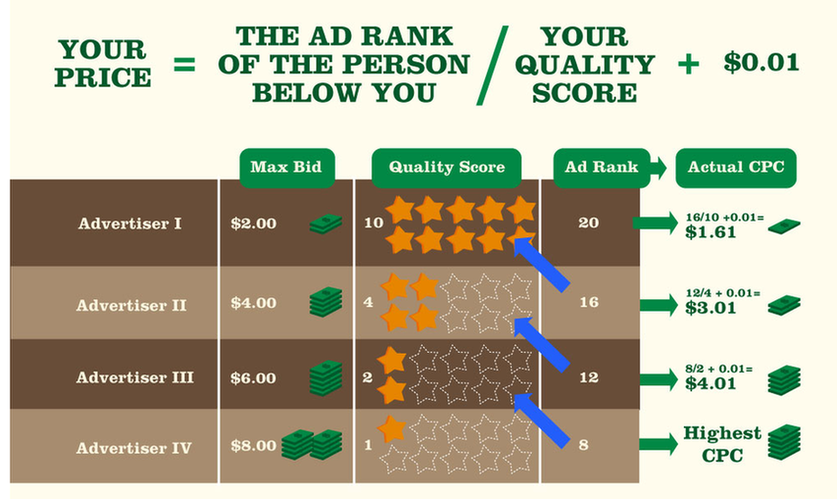The online market for food delivery is becoming increasingly competitive. While takeaway.com (in the Netherlands operating as thuisbezorgd.nl) has taken over Just eat in the Netherlands (1), newcomers Deliveroo and Foodora are trying to get foothold on the Dutch market as well.
Deliveroo and Foodora – both with a somewhat similar business model – are differentiating from traditional food delivery restaurants and online market leader takeaway.com by performing the delivery by bike and offering quality menu dishes from local restaurants, while Take Away offers mainly traditional delivery food such as pizza, sushi etc.
Since all dishes are delivered by bike, the range of restaurants that can deliver to your house is limited. This might limit the expansion of Deliveroo and Foodora to big cities. Moreover, since the dishes are being prepared by local restaurants with limited capacity, there is not much room for growth.
Two months ago, Deliveroo has received an additional investment of $275 million (2), of which a big part is going to its own kitchen network Roobox. Because of the limited capacity of local restaurants and the need for growth of Deliveroo, Deliveroo is setting up kitchens in cities where restaurants can cook food for delivery via Deliveroo.There are two problems with this business model.
Firstly, as part of Deliveroo’s offering, food is coming from the kitchens of local restaurants, prepared by their chefs. When food is produced in large kitchens owned by Deliveroo, by a chef that is working for the restaurant. However, this chef is not cooking in the restaurant and does not encounter guests of the restaurant. It is questionable if the quality standard and experience of getting food from a local restaurant remains intact.
Secondly, Deliveroo is moving away from a business model that is not dependent on ownership of the service provided, such as AirBnB that owns no real estate and Uber that owns no cars. Employing bike couriers was already a disruptive but at the same time traditional step. Owning kitchens will force Deliveroo to be in need of significant capital for further growth.
In conclusion, Deliveroo’s focus seems to be on short-term growth. Its strategy might limit Deliveroo to bigger cities and large investments might be needed for further growth.
https://fd.nl/ondernemen/1162246/thuisbezorgd-nl-koopt-just-eat
https://fd.nl/ondernemen/1162673/bezorgdienst-haalt-275-mln-op


